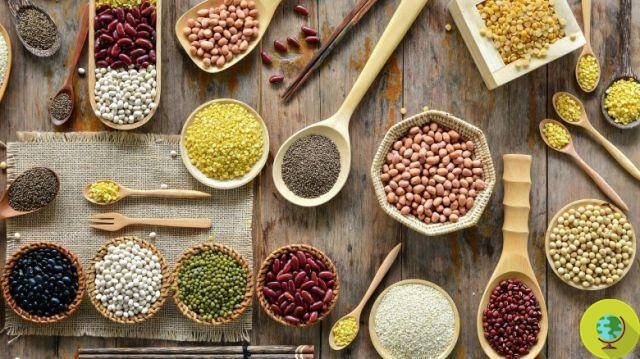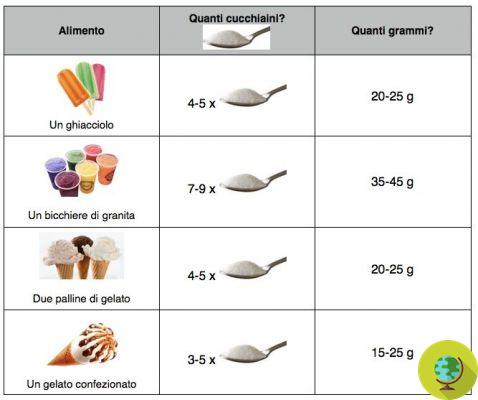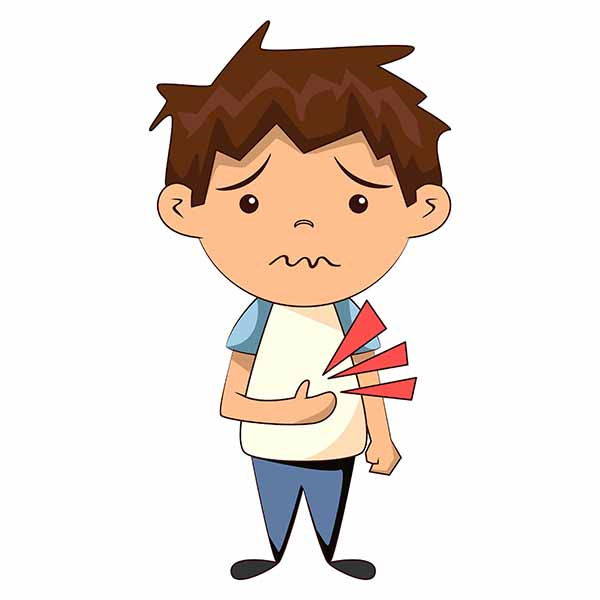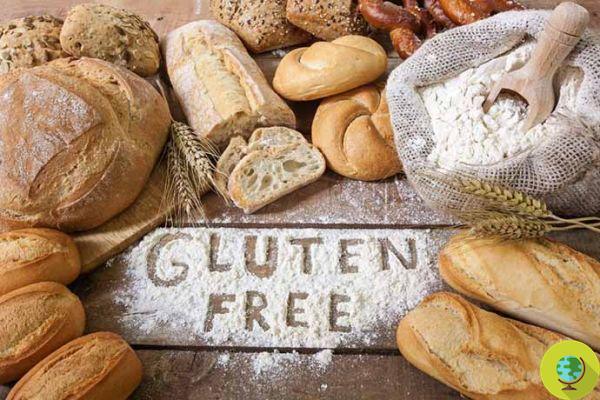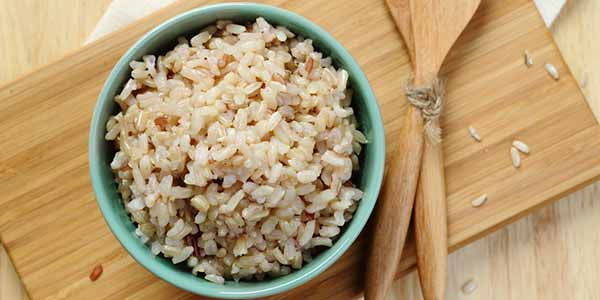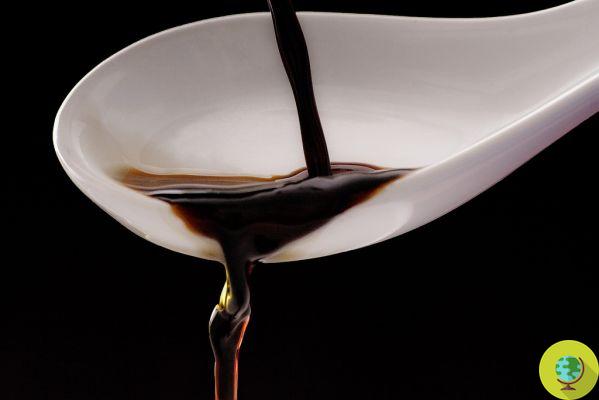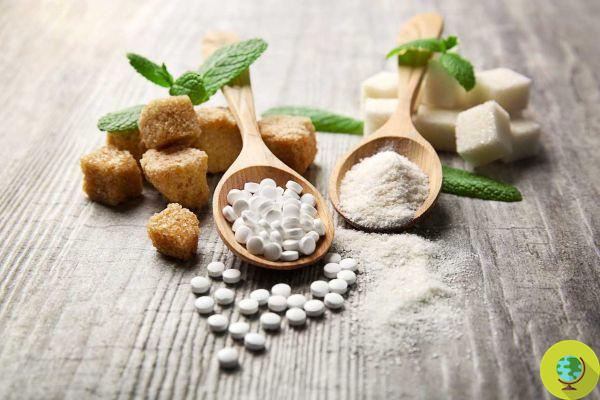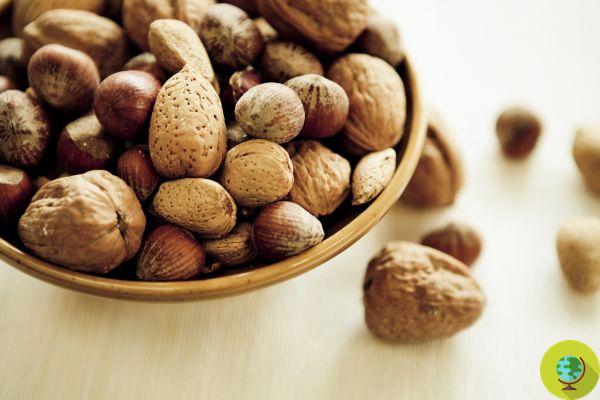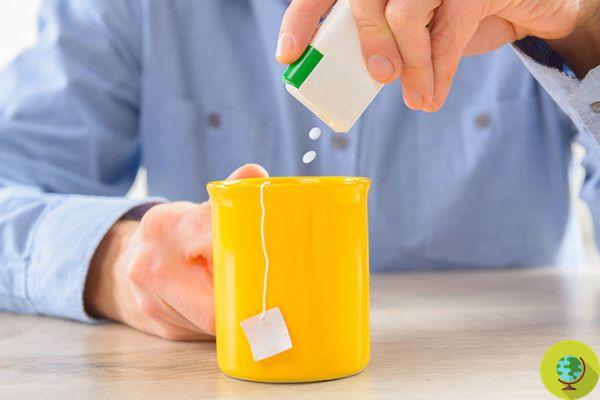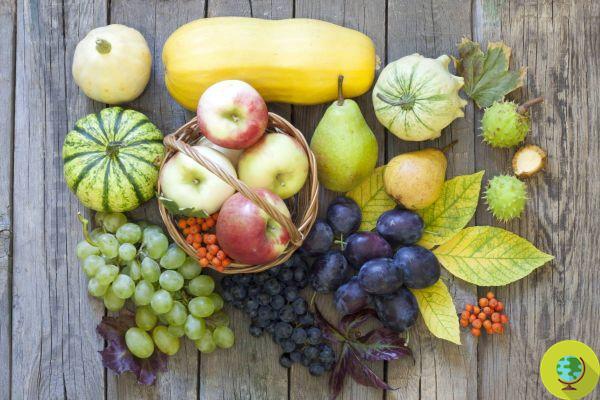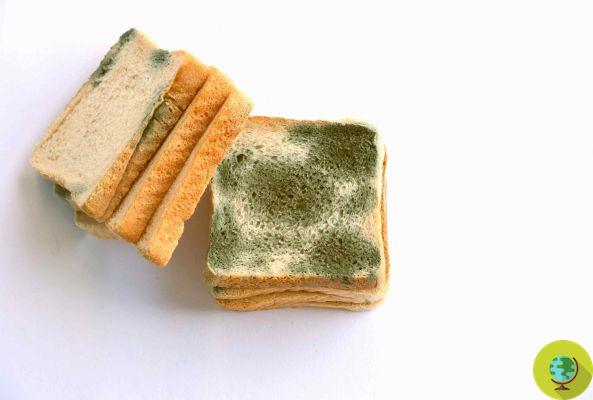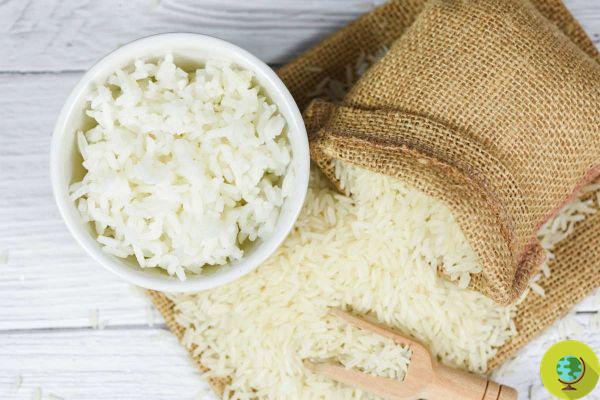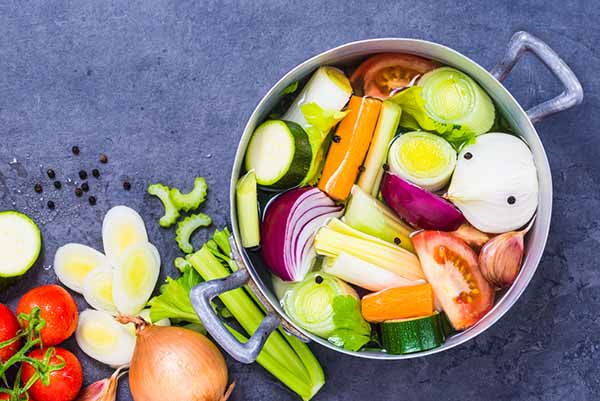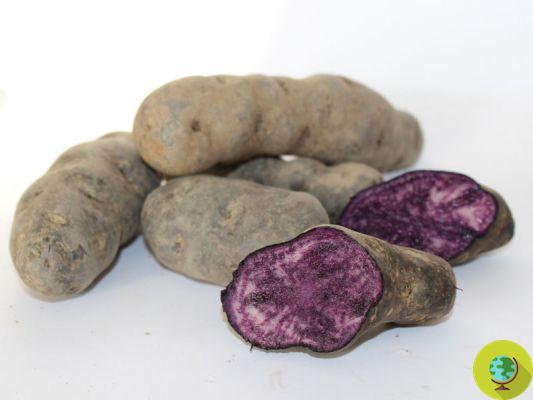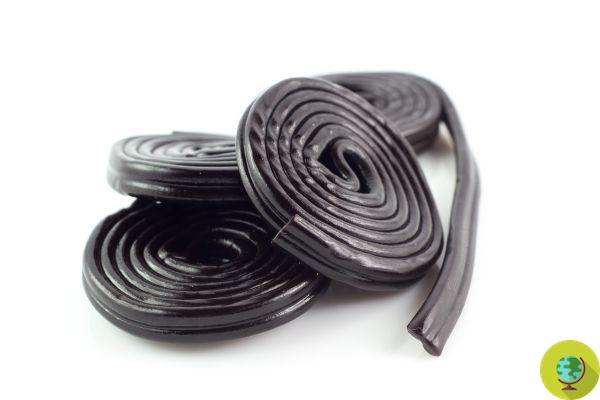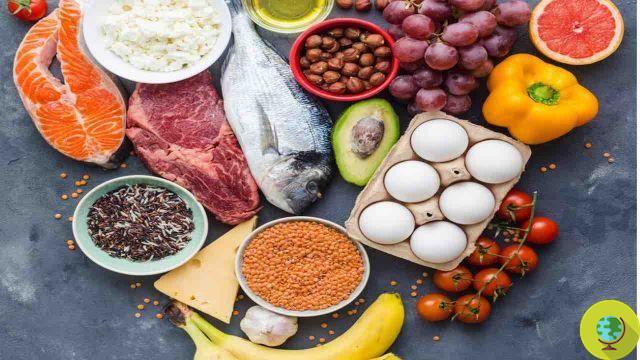
Poisonous foods. Some foods of rather common consumption, varying according to the areas of the world, contain, often without our knowledge, poisonous substances, sometimes so toxic that they can cause death, if taken in excess. There are therefore foods that should be avoided, while others should be limited, or eaten by resorting to certain precautions. We show you ten.
Don't store avocado like this: it's dangerous
Some foods of quite common consumption, which vary according to the area of the world, contain, often without our knowledge, poisonous substances, sometimes so toxic that it can cause death, if taken in excess.
There are therefore foods that should be avoided, while others should be limited, or eaten by resorting to certain precautions. We show you ten.
Index
Spanish beans
Spanish beans, known overseas as "lima beans", can contain un high level of cyanide, present in the plant as a defensive substance. In the United States, there are restrictions on the levels of cyanide contained in Spanish beans grown for sale. It is recommended to cook these legumes completely, without a lid, in order to allow the poisonous substance to evaporate. For added safety, the cooking water must be drained.
Puffer fish
Puffer fish contains tetradotossina, a deadly toxin, 1200 times more poisonous cyanide. The poison contained in a puffer fish could cause the deaths of 30 people. There are no antidotes. Yet some decide to eat it. The consumption of puffer fish is quite common in Japan, where between 2000 and 2009 there were 23 deaths out of 338 cases of poisoning.
Castor beans
THEcastor oil it was considered a panacea for all ills in the past, with benefits later proven by science. Castor oil poses no danger, while its seeds are. If chewed, castor beans release a very toxic substance, one of the most powerful poisons known to man, and can cause the death.
almonds
We are not referring to municipalities sweet almonds, but at bitter almonds. Twenty bitter almonds may present a content of cyanide high enough to cause the death of an adult. For this reason their use is severely limited. As for i apricot seeds with which they also share anticancer properties, it is advisable not to exceed the dose of 2/3 almonds per day. Almond extract can be obtained from bitter almonds but, as a salable food product, it is harmless.
maniac
Cassava is also known as cassava the yucca. From cassava a starch is obtained, marketed as tapioca flour. Cassava, like bitter almonds, contains cyanide. It must be consumed with some precautions, which involve soaking and drying. In Africa, where cassava has become a staple subsistence food, many people suffer from a chronic form of cyanide poisoning known as "konzo".
Rhubarb
The rhubarb leaves contain oxalic acid, a chemical compound that may be present in anti-rust products. They also contain substances that can cause a sensation of burning in the mouth and throat, nausea and vomiting, stomach pains and convulsions. Rhubarb is one of the vegetables whose leaves are therefore not recommended.
Tomatoes
The leaves and stems of tomatoes, in addition to the fruits themselves, contain solanine, a alkaloid considered toxic. Before 1820, the Americans they believed that tomatoes were poisonous, but the chances of suffering from symptoms of solanine poisoning due to the consumption of tomatoes they are rather scarce. In the most sensitive subjects they can cause allergies and intolerances. It is advisable not to eat too much of it when not yet ripe and out of season.
Mushrooms
Mushrooms represent one of the most common causes of poisoning and of food poisoning. The mushroom family includes poisonous specimens that go far beyond the well-known Amanita phalloides. For this reason it is good do not improvise mushroom pickers and contact experts in case of doubt and the ASL for a sure recognition of what has been collected.
READ also: Useful tips for the collection of spontaneous herbs and wild fruits
Cicerchie
Le cicerchie, legumes grown in Asia, Africa and Europe, contain, in addition to proteins, a neurotoxin in the form of an amino acid, known as ODAP. The substance is considered to be the cause of the said disease neurolatirism, a neurodegenerative disease that causes paralysis of the lower limbs of the body. Cultivation programs are currently underway that allow the production of grass peas with a lower ODAP content.
Potatoes
Potatoes, like tomatoes, contain solanine. The presence of solanine in potatoes increases when they germinate and, even more, when theirs peel becomes green. This is why you should avoid consume green potatoes and limit the consumption of sprouted potatoes. Due to the presence of solanine, potatoes cannot be eaten raw. Solanine taken in excess can cause nausea, vomiting and irritation of the gastric mucosa.
READ also: 20 alternative uses of potatoes
Marta Albè
photo source: trustedhealthproducts.com
READ also: 5 commonly used refined ingredients that are poisoning us




